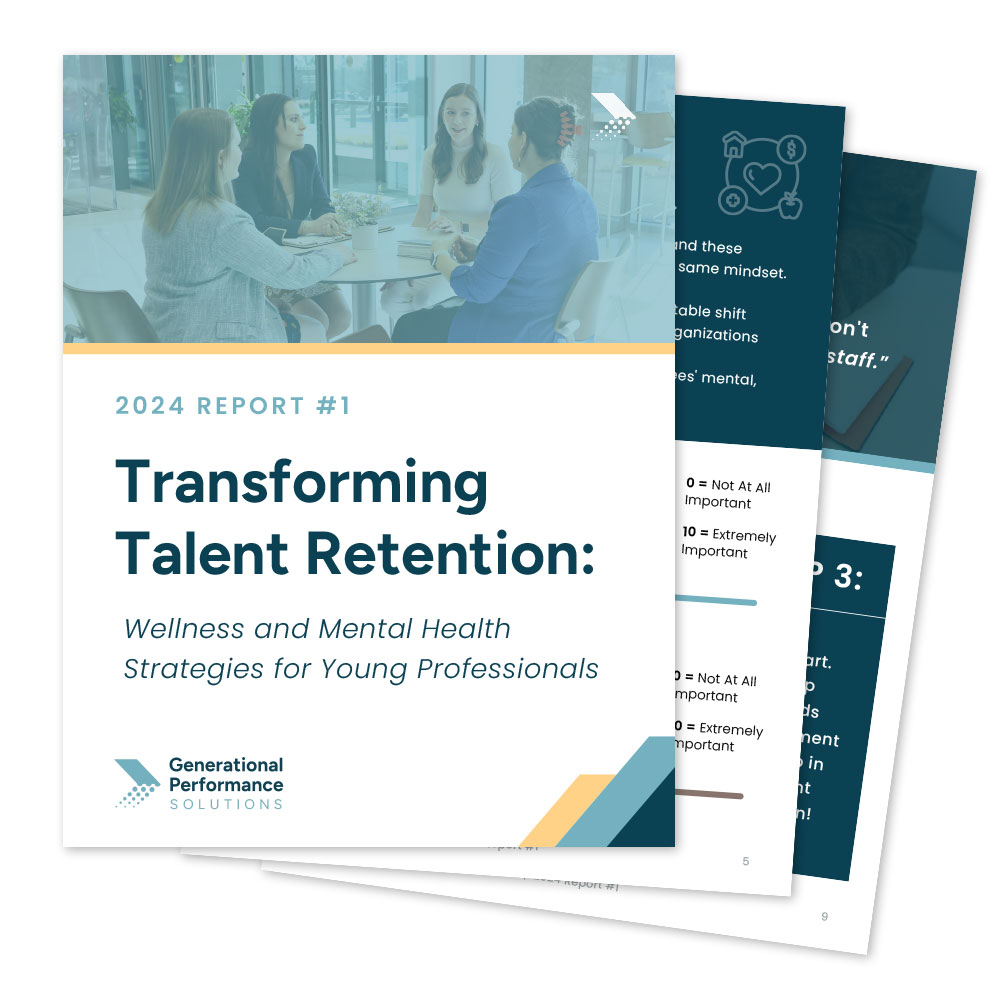What does the future of work look like when headlines read:
“Middle managers fade as AI rises.”
“AI isn’t just ending entry-level jobs—it’s ending the career ladder.”
Unfortunately, those headlines aren’t hypothetical. They’re happening right now.
The Data Behind the Shift
We’re seeing a dual squeeze on two of the most essential workforce layers: those in their early careers (think: entry level) and the middle managers.
- Entry-level postings are down nearly 35% since January 2023, meaning 100,000+ fewer new jobs are opening each month, with some variation. AI and automation are a big part of that story. (Revelio Labs)
- Manager spans of control have widened dramatically. Across more than 8,500 SMBs, there are now almost six individual contributors per manager—nearly double the ratio from 2019. (Gusto)
This “Great Flattening” has been quietly happening for years, but the pace has accelerated. Fewer management layers may seem efficient, but the long-term cost is steep. If young professionals are entering flatter organizations and there are fewer leadership roles to grow into, the question becomes:
Where do they learn, grow, and lead?
This Is a Generations Issue
At GPS, we study these patterns through a generational lens, and what we’re seeing is a widening gap in development, trust, and communication. If this is not addressed in your workforce today, you will experience challenges in the near-term.
- Younger professionals (especially those under 40: Millennials and Gen Z) are eager for growth, but they’re finding fewer mentors in management positions and fewer clear paths forward.
- The result? Frustration, burnout, and disengagement across every generation.
Without clear steps and growth trajectories on the career ladder, organizations risk losing the people they’ll depend on next. And what happens when they realize it too late?
Here’s What Can Organizations Do
1. Build Growth Pathways for Individual Contributors: Not every high performer wants to manage people, and in a flatter world, not everyone can. Create expert or specialist tracks that reward skill mastery, collaboration, and innovation without tying success to headcount.
2. Make Career Education a Core Part of Onboarding: From day one, employees should understand what growth looks like—vertically and laterally. Show them how skills compound over time, how to navigate across departments, and how leadership potential can be expressed outside of traditional hierarchies.
3. Normalize Lateral Movement: Tomorrow’s career paths won’t be straight lines. Encourage movement across functions and business units. When employees can “move across” instead of only “move up,” they gain broader organizational understanding and are more likely to stay engaged.
4. Redefine Middle Management as Mentorship: Middle managers are not expendable—they’re multipliers. Equip them to act as coaches and connectors instead of just task managers. This is absolutely vital to future workplace success. Their role is critical in translating strategy, developing emerging talent, and maintaining trust across generations.
5. Use Generational Data to Shape Development Plans: Each generation learns and leads differently. Data can help leaders personalize development programs that resonate across age groups, whether that’s micro-learning for digital natives (Gen Z) or experiential coaching for seasoned professionals.
The Bottom Line
Flattening structures may improve short-term efficiency, but without reimagining how people learn and grow, companies will face a deeper problem: a talent pipeline that’s broken before it begins.
At GPS, we’re tracking these generational and structural shifts closely and building playbooks to help leaders respond. Because when entry-level workers and middle managers disappear, it’s not just the ladder that breaks, it’s the bridge between experience and innovation.
Did you like this week’s post? Then you might like these posts below.
An Updated Conversation on Hybrid and Return to Work
From a Working Gen Z-er: We’re More Alike Than You Think
Change-Ready Leadership: Using Generational Data to Thrive in Uncertain Times
What’s Next?
If your team is navigating generational friction, stalled performance, or culture misalignment, it’s time to take action.
At GPS, we help organizations unlock clarity, communication, and performance across every generation. And we don’t just talk about results—we deliver them in 90 days or less.
Let’s bring out the best in your people.
Schedule your Free Planning Session today and start driving results that last.

